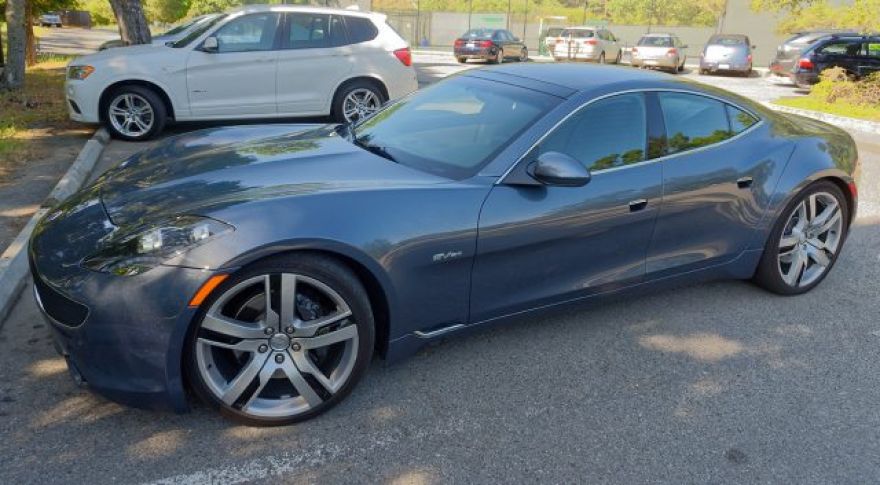
Electric cars and hybrids will soon have to announce their presence
When I first heard an all-electric Fisker Karma coming up behind me, I knew what it was right away. It sounded almost, but not quite, like a car. The noise came from its twin, bumper-mounted, speakers. At the time, I assumed that other electric vehicle makers would follow suit, as the sound seemed like an obvious safety measure. However, since then, electric vehicles have been largely silent at low speed. That is set to change starting in 2018, when a new regulation from NHTSA begins to go into effect.
Low-speed noisemakers should save lives and money
 NHTSA is mandating that all electric vehicles — and hybrid vehicles operating on their electric motor — sold after September 1st, 2019 will need to artificially produce sounds at speeds below 30 kph (about 19 mph).
NHTSA is mandating that all electric vehicles — and hybrid vehicles operating on their electric motor — sold after September 1st, 2019 will need to artificially produce sounds at speeds below 30 kph (about 19 mph).
For reference, the Fisker produces sound up to 25 mph. At speeds above that, it is assumed that road and wind noise will be sufficient to announce a car’s presence. As someone who lives in a small town with no sidewalks and dozens of electric cars, I can personally vouch for the safety benefits of knowing when a car is coming (even for those of us who aren’t blind). More scientifically, NHTSA says that 2,400 pedestrian injuries per year can be prevented once this rule goes into effect.
The noise requirement is designed to ensure that pedestrians can hear vehicles traveling at 20 kph 15 meters (about 50 feet) away. The is complex, with a variety of options for implementation, featuring varying numbers of frequencies. The bottom line is that vehicles will need to produce between 48 and 58 dB of sound, depending on their speed. This range represents a compromise between increased pedestrian safety and harmful noise levels for vehicle occupants. NHTSA estimates that compliance will cost the auto industry about $39 million each year, but will save almost ten times that much because of the reduced injuries.
The rule doesn’t apply to vehicles over 10,000 pounds, presumably because they generate sufficient noise on their own. NHTSA didn’t initiate this change, but was actually responding to requirements in the Pedestrian Safety Enhancement Act, passed by Congress in 2010. The law addressed overall safety issues, but was particularly-focused on the needs of the vision-impaired. Originally, the intent was to have regulations issued by 2014, to take effect by 2018, but automaker resistance pushed the dates back.
I look forward to the day when we can dial in our car’s ambient sound based on our mood. It should make for some interesting street-side symphonies.